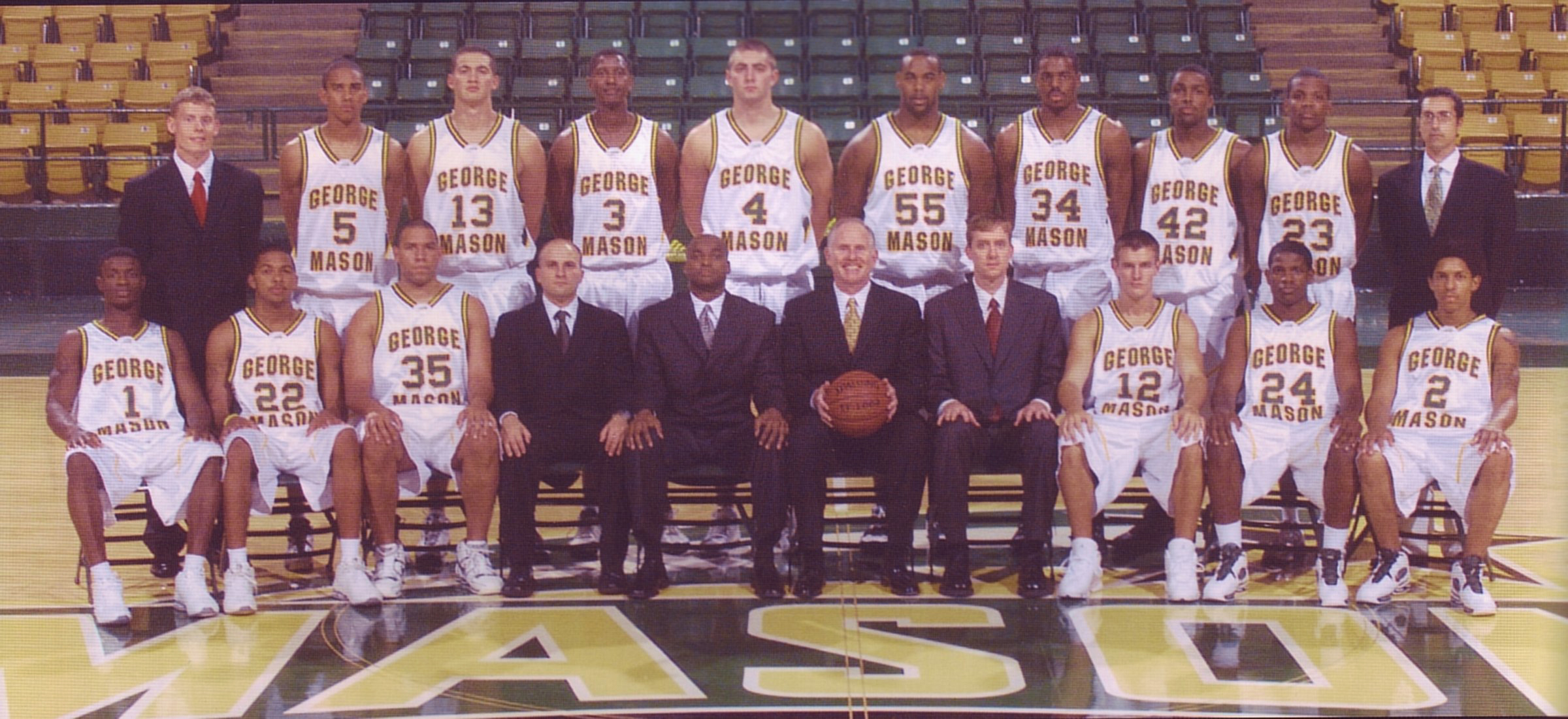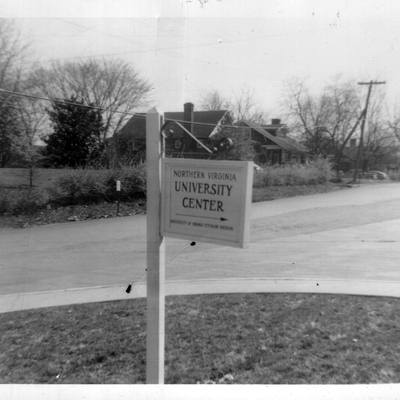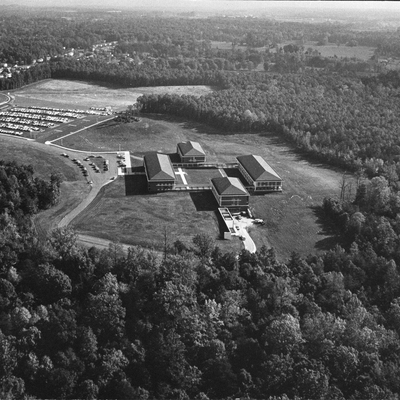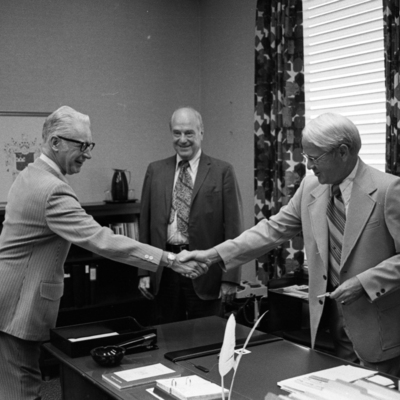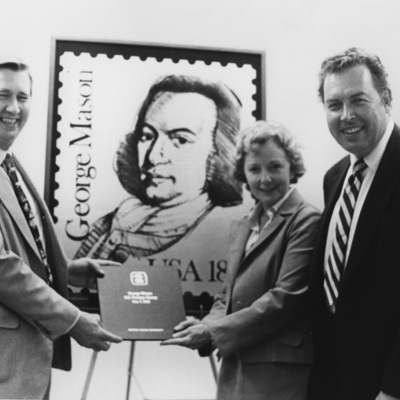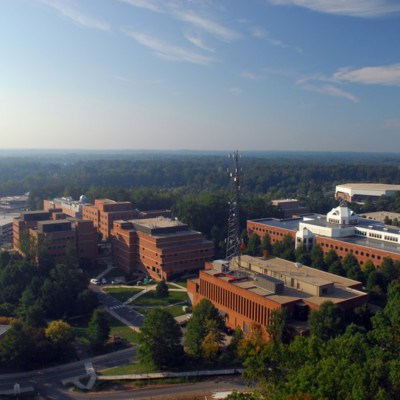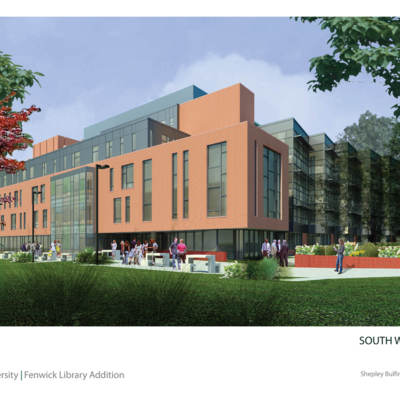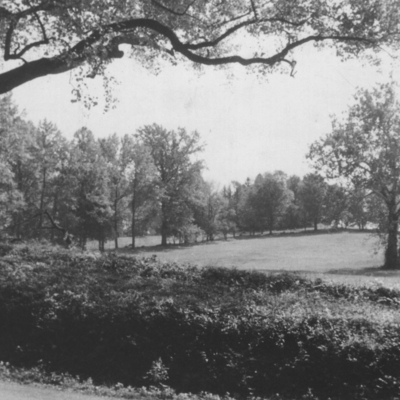The Season of a Lifetime: George Mason University's Improbable and Amazing Journey to the Final Four
Around the country, college basketball fans watched in disbelief. It was March 26, 2006, and for weeks the George Mason University Men’s Basketball Team had astonished college basketball aficionados by continuing to advance in the NCAA Tournament. Now, George Mason was battling the top-seeded University of Connecticut at the Verizon Center in downtown Washington D.C. for the Northeast Regional Final. The winner would advance to the celebrated Final Four, a lofty goal for any college basketball program, as Final Four teams and their universities receive enormous amounts of publicity in the national sporting and news media outlets. The University of Connecticut fielded a strong team that featured several players who would later compete in the National Basketball Association. Connecticut’s program was nationally known and had several Final Four and National Championship appearances under its belt. By contrast, George Mason had a solid team but, up until a few weeks prior, no major accomplishments. As the final buzzer sounded to end overtime at the Verizon Center, George Mason emerged the winner, defeating Connecticut 86-84.
George Mason, a member of the Colonial Athletic Association (CAA), began the 2005-2006 season by losing their home opener in November 2005 against Creighton University 72-52. Head Coach Jim Larranaga, who had been at George Mason since 1997, made some adjustments to the team lineup with the hopes of order to make Mason more competitive. [1] Larranaga’s reorganization seemed to work, as the Patriots won their next game against Manhattan College. Mason next went on to defeat Georgia State, a new team to the CAA. In December, Mason beat American University decisively in the BB&T Classic Basketball Tournament, winning 75-35. [2] By January 2006, Mason was tied with Old Dominion University for first place in the CAA. [3]
The Patriots went on to defeat Old Dominion 66-47 at the end of January and remained tied for first place, but this time with the University of North Carolina-Wilmington. [4] In early February Mason became the sole first-place team in the CAA after defeating the University of North Carolina-Wilmington. [5] By this point in the season, Mason had won 16 of their last 19 games. The Patriots continued to hold onto first place by beating Towson University in the Homecoming game. [6] At the end of February, Mason finished their regular season with an overall record of 22-6 and 15-3 in the CAA, sharing the conference regular-season title with the University of North Carolina-Wilmington. [7] This was Mason’s first Colonial Athletic Association regular-season title since 2000 and only the third in the University’s history.
On February 18 Mason played against Wichita State in an ESPN BracketBusters game. [8] Teams who could potentially be “bracket busters,” or play better than expected by pundits, in the NCAA Tournament are showcased during this weekend. Always scheduled shortly before Selection Sunday, the BracketBusters series is designed to give up-and-coming programs national exposure and increase their chances of being selected to compete as an at-large bid in the NCAA Tournament. Mason won in its 2006 BracketBusters game against the home-standing Wichita State University Shockers by a score of 70-67. [9] Out of all fifty games played during the Bracketbusters, the Mason vs. Wichita State event had the second biggest attendance, a partisan crowd of over 10,000 Shockers faithful. The contest was also Mason’s second nationally televised basketball game in the University’s history. This win catapulted George Mason into the ESPN/USA Today Coaches Top 25 poll.
Armed with an impressive season record, the Patriots traveled to Richmond for the CAA Tournament. [10] Mason faced Hofstra University in the semifinals. Though the Patriots led the Pride at the half by four points, Hofstra finished stronger to win 58-49. The game also ended on a sour note, as Mason’s starting point guard, Tony Skinn, was ejected late in the game for punching a Hofstra player. Hofstra and UNC-Wilmington would meet in the tournament championship game. Despite the fact that Mason’s CAA Tournament loss meant the team would not receive an automatic bid to the NCAA Tournament, Coach Larranaga believed the team’s record, especially the long win streak and the impressive win in a hostile environment at Wichita, would convince the tournament’s selection committee to allow George Mason a spot in the tournament.
Mason was surprisingly selected as an 11th seed. [11] Immediately, college basketball experts criticized the selection, questioning the wisdom of the Selection Committee. In their first game, the Patriots faced Michigan State, a team that was the National Champion in 1979 and 2000 and had reached the Final Four a year earlier. George Mason won the game 75-65, while Skinn served a one-game suspension. In the next game, the Patriots defeated North Carolina, a five-time national champion and the winner of the previous year’s tournament, by a score of 65-60. In less than one week, Mason had reached the NCAA Sweet Sixteen and became the most successful basketball team in the University’s history. Mason next defeated Wichita State by a score of 63-55 to advance to the Regional Championship at the Verizon Center in downtown Washington D.C. The Patriots won against the top-seeded University of Connecticut in overtime by just two points. [12] By winning what was characterized by Washington Wizards owner Abe Pollin as one of the most exciting basketball games he’d ever seen, [13] George Mason moved on to the Final Four in Indianapolis.
Mason’s climb to the Final Four brought valuable widespread media attention to George Mason University. In press interviews, President Alan G. Merten and Coach Jim Larranaga were given the opportunity to discuss the University’s achievements other than basketball, such as the two Nobel laureates who were part of Mason’s faculty. A study by Robert Baker, the Director of the Sport Management Institute at George Mason, estimated that the University received over $677,000,000 worth of free publicity during the NCAA Tournament. [14] Fundraising for the Patriot Club, Mason’s fundraising arm for its intercollegiate athletics program, [15] increased by over 50% during this period. There were also notable increases in admissions applications to Mason, especially from out-of-state applicants. Giving by members of Mason’s alumni network posted significant gains both among registered and active members.
George Mason eventually lost in the National Championship Semifinal to the University of Florida, who would go on to be the 2006 NCAA Champions. However, the accomplishments of the 2005-2006 Mason Basketball team still live on to this day. George Mason is a nationally known university, thanks in part to the publicity Mason’s Final Four run brought to the school. Today, approximately 25% of Mason’s students hail from outside the Commonwealth. School spirit and attendance at Mason’s home basketball games remain high, due to the team’s successes. Mason’s journey to 2006 Final Four proved to the nation and the world that George Mason University has a committed record of excellence, both in athletics and academics.
Browse items related to the 2005-2006 George Mason University Men's Basketball Final Four run.
